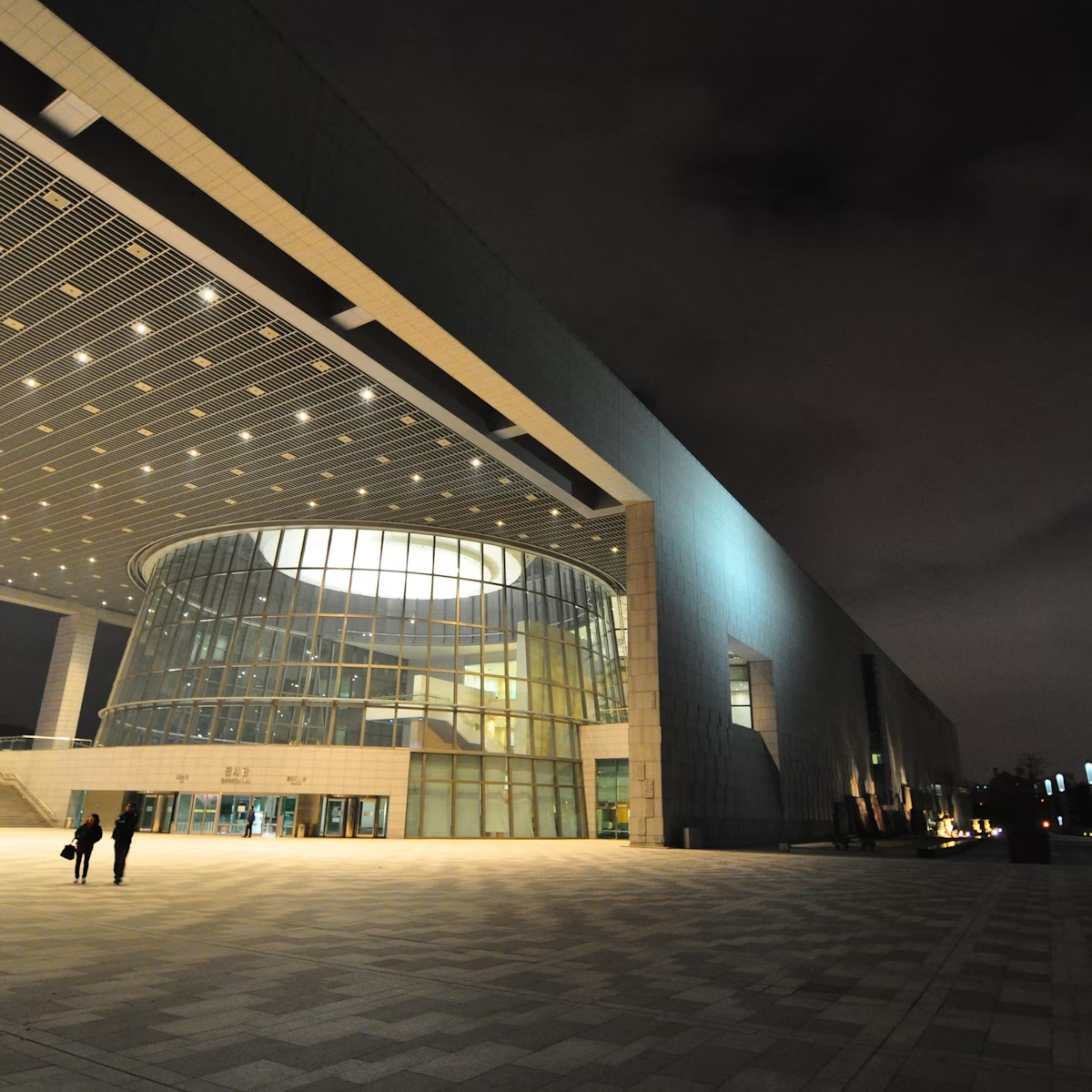One of Seoul's five grand palaces built during the Joseon dynasty, Deoksugung (meaning Palace of Virtuous Longevity) is the only one you can visit in the evening and see the buildings illuminated. It first served as a palace in 1593 and is a fascinating mix of traditional Korean and western-style neoclassical structures.
The palace’s main gate is the scene of the entertaining changing of the guard ceremony at 11am, 2pm and 3.30pm. Free one-hour guided tours in English start at 10.45am and 1.30pm.
Deoksugung became a palace in 1593 when King Seonjo moved in after all of Seoul’s other palaces were destroyed during the Japanese invasion. Despite two kings being crowned here, it became a secondary palace from 1615 until 1897 when King Gojong moved in after leaving the nearby Russian legation.
Although he was forced by the Japanese to abdicate 10 years later, King Gojong carried on living here in some style until he died in 1919. His son, Sunjong, reigned as a puppet emperor until 1910 when he too was forced to abdicate by the Japanese, who then annexed Korea, bringing the Joseon dynasty to an undignified and abrupt end after more than 500 years.
The palace used to be three times as big as it is now, but it still contains small gardens and ponds amid an extraordinary potpourri of contrasting architectural styles.
Junghwajeon, the palace’s main throne hall, was used for ceremonial occasions such as coronations, and is adorned with dragons and has golden window frames.
Behind it is the grand neoclassical-style Seokjojeon, designed by British architect GR Harding and completed in 1910. Today it houses the Daehan Empire History Museum which displays the mansion's opulent interior. The equally grand western wing was designed by a Japanese architect in 1938. It's now the MMCA Deoksugung, with a collection of permanent and temporary contemporary art.
King Gojong’s living quarters, Hamnyeongjeon, was where he died in 1919, an event which sparked off nationwide protests against Japanese rule. Behind is the interesting fusion-style pavilion Jeonggwanheon.
The stone mythical creatures in the main courtyard are haetae, which are supposed to protect the palace from fire, but in 1904 they must have fallen asleep – the palace burnt down.








